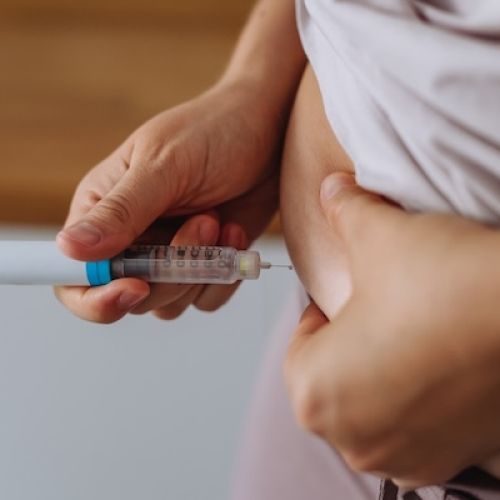When Is ERA Testing Recommended?

If you’ve invested your time, energy, and heart into in vitro fertilization (IVF) in the attempts to grow your family, you want every chance for the procedure to succeed.
IVF can be challenging to experience. It is one of the most successful forms of assisted reproductive technology, but the pregnancy rate is just about 55.6% for people under 35. And IVF success rates go down the older the mother, too.
At the California Center for Reproductive Health, our fertility specialists, Eliran Mor, MD, and Irene Woo, MD, do everything possible to make your IVF experience successful. We know how heartbreaking it can be when IVF doesn’t result in a pregnancy.
IVF can fail due to health of the embryo, usually related to genetic errors, but also because of problems with the mother’s uterine lining, called the endometrium. This lining sits inside the uterus and prepares each month for the arrival and implantation of the embryo. Even if the embryo is genetically healthy, an inhospitable lining means pregnancy can’t occur.
At the California Center for Reproductive Health, we use a cutting-edge test called Endometrial Receptivity Analysis (ERA®) to improve the chances of successful embryo transfer.
Here’s when we recommend ERA and how it can help you grow your family.
What Is ERA®?
ERA was developed by the company Igenomix. It provides a personalized genetic diagnosis that evaluates the receptivity of the endometrium for embryo implantation.
In response to estrogen and progesterone levels, the endometrium produces proteins responsible for preparing the area for implantation. The proteins increase the endometrium thickness and receptivity for an embryo.
The proteins are also regulated by a woman’s gene activation (or inactivation). The ERA test evaluates all 238 genes related to the receptivity of the endometrial lining. It can then determine when the optimal window for implantation is, increasing the chance that a successful pregnancy occurs.
Who is a candidate for ERA?
ERA testing can improve the chances of a successful frozen embryo transfer in patients who have experienced 1 or 2 frozen implantation failures. In these patients, the embryo was healthy and the woman’s uterine lining and uterus are normal.
While most women have a window of transplantation that typically occurs after 5 days of progesterone supplementation, this isn’t true for all women. We may find that you have a different window that makes it more likely for a successful pregnancy. The ERA test helps determine your personalized embryo transfer time.
What happens during ERA testing?
ERA testing involves taking a biopsy of the woman’s uterine lining and then testing that sample for its gene expression.
The biopsy is done at the moment when our doctors would usually transfer the embryo into the womans’ uterus. She undergoes a process like the transfer cycle, but doesn’t actually have the embryo transferred.
This preparatory cycle requires a woman to take oral medications and injections to stimulate the uterine lining. Our doctors also perform transvaginal ultrasounds and do blood testing to measure reactions to the medications.
When the uterus is ready to receive an embryo, our doctor performs the biopsy, which is a 2-minute procedure that may be slightly uncomfortable. Sedation is not required, as the doctor places a flexible plastic tube into the patient’s uterus and moves it back and forth to collect cells.
Our office then sends the sample to a specialized lab to test the genes. Your results determine how we time the embryo transfer during the next cycle.
If you’re having trouble with IVF success, contact the California Center for Reproductive Health. We use advanced technology and years of experience to do everything possible to help you achieve a successful pregnancy. Call one of our offices in Encino, Valencia, Alhambra, or West Hollywood, California, to set up an appointment. Alternatively, reach out via this website.




